Tires are one of the most vital elements of a vehicle, but they are often ignored. On car forums and in car fans' discussions, tires rarely come into the discussion, and often in the process of swapping the rims. The most common swap involves upsizing. The term means fitting bigger wheels and adequate tires to a car.
Wheels and Tires: What Plus Sizing Is and What It Does to Your Car
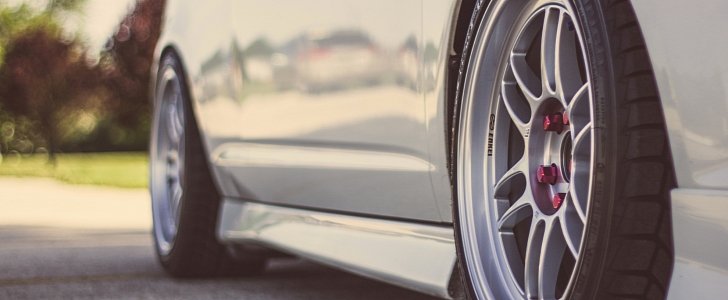
From there, things have gone into several directions over the years, and some tuning trends include doing horrible things to tires.
They are abused by fitting them in a “stretched” fashion on inappropriately sized rims. While the aesthetic factor comes to mind, those stretched tires do look good in pictures and videos, but they bring disasters to ride, handling, and safety.
Naturally, when you fit bigger wheels to a vehicle, you must also add larger tires, but these must have a smaller sidewall to ensure the same overall diameter.
In case this diameter is not maintained, the tire could touch the edges of the fenders in hard cornering or other scenarios, as well as touching other components of the vehicle’s mechanics.
Maintaining the overall diameter of the tire becomes more and more difficult as the difference in wheel size increases from stock to modified. The tricky part is not only finding adequate tires but also enduring the loss in comfort brought by tires with extremely low profiles.
So, if you are considering a wheel and tire upgrade, you must first figure out what kind of tires you need to get for your wheels. You can find a tire calculator on Tirerack's website and other similar websites.The theoretical and real benefits of fitting larger wheels and tires
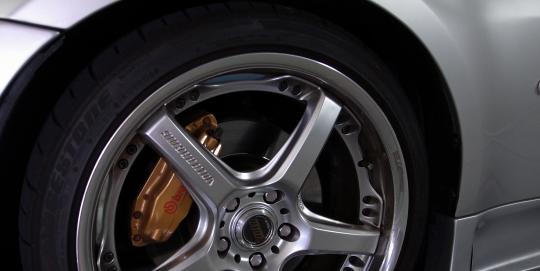
In theory, getting bigger tires will increase your contact patch with the road. Since the tire’s contact patch is the only thing that helps keep your car doing what you ask it to do, this is a problem.
The reality is that grip is only marginally increased by the new wheels and tires, and in most cases it happens because the customer chooses better-performing tires for their ride. We must note that there is a small increase in grip brought by fitting wider tires and wheels, but there's a limit to this improvement. Bigger is not always better.
A larger contact patch would improve grip, cornering, and braking performance. The larger wheel would also make your car look cooler. The latter has such a strong appeal that most car owners just go with the flow and buy the biggest wheels they can fit their vehicles with.
Low-profile tires on larger diameter wheels trick the driver into believing the car has better grip because of quicker turn-in response, but the composition of the rubber does the real improvements in the real world.What are the downsides of fitting bigger tires and wheels?
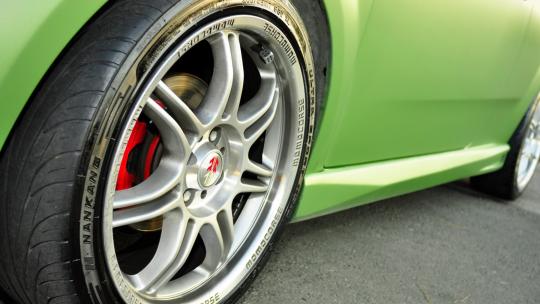
First of all, it has to do with weight. Larger wheels and tires will bring more “unsprung mass” to the car. The term unsprung weight refers to all of the components linked to the wheels and suspension that are not supported by the latter.
The bigger the unsprung mass, the more downsides it brings to handling, performance, and reliability of the entire rolling gear. Brakes are also considered unsprung weight if they are fitted inside the wheel, as with most cars nowadays.
Instead of enhancing performance, bigger wheels and tires bring an increase in acceleration times and fuel consumption. The lower the power of the vehicle, the more this is perceived by the driver. If an extreme size increase is chosen, small sidewalls will be a requirement for the new tires, and ride comfort will degrade to a disappointing level. If the owner of the vehicle fits the car with a sports suspension, comfort goes downhill with little or insignificant performance improvements.
Another downside is cost, as the bigger wheels and tires will be more expensive than their smaller-sized equivalents. While this might not be a big deal if you are up for the expense, it can become a problem if you have a flat tire and need to buy a new one.
Since tires with small sidewalls are more prone to failure caused by road debris, this can become an issue, especially if you reside in an area where roads are not outstanding. Other issues with the fitment of larger wheels and tires
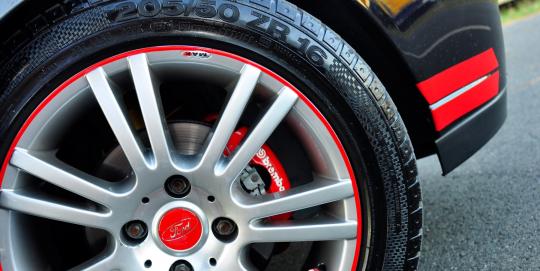
The geometry of your car’s suspension was set by the automaker to handle a particular size of rim and tire combination. If you upgrade to other sizes, you risk affecting the handling of your vehicle. Furthermore, if the overall diameter of the wheel and tire combination is off when compared to standard ones, your speedometer and odometer will have erroneous readings.
Also in the case of extreme changes in wheel and tire sizes, suspension bushings might be affected by your new wheel&tire combo. The steering linkage and power steering system might also take a blow, as they will have to operate larger and heavier wheels. Remember that unsprung weight thing? Yes, it has to do with that as well. The braking system will have a harder job ahead, and it will accelerate wear on the pads and discs.
Fuel consumption might increase by 10% on a car that was fitted with 15-inch rims from the factory and then goes all the way to 19-inch wheels and tires. The 0-62 MPH (0-100 km/h) time also drops by up to four percent, as numerous tests have shown. What is there to do if you dream of bigger wheels and tires?
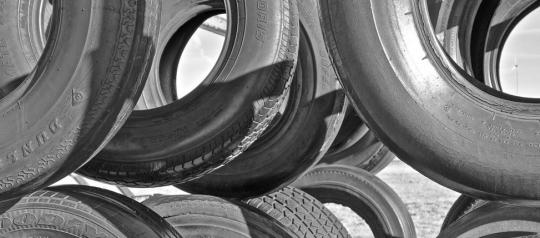
First of all, you must check legislation in your state to see what changes you are allowed to perform on your wheels and tires. As you know, cars go through an homologation procedure, and the manufacturer only does this for the wheel and tire sizes it will sell the car with.
Secondly, observe the wheel and tire combinations (concerning sizes) that the manufacturer of your vehicle provided as optional equipment when your model was on sale. You can then search for OEM wheels for your
vehicle and achieve factory fitment without headaches.
If you are looking for an improvement in performance with the aid of bigger wheels and tires, you must seek lighter aftermarket rims and performance tires. Specialist brands usually make these and they cost a hefty sum. Do not go for knock-offs, as those do not match the weight, performance, and durability of reputable wheel manufacturers.
Concerning tires, choose the size homologated by the carmaker for a particular size of the rim, and pick a brand known for its high-performance rubber. The combination of lighter wheels and performance tires should make your car a bit faster if you nail the right choices.
As a rule of thumb, do not go for the biggest wheels and tires you can fit on your vehicle. If you do, the handling, fuel economy, and performance will be affected.
If the modifications you plan include a change in ET, wheel width, tire spacers, or supplementary suspension changes, consider visiting a specialized tuner first. For example, tire specialists recommend a maximum change of +/-3% of the original tire diameter.
Choose a reputable shop in your area. If you are lucky, you might get some free advice even if you do not buy parts from them, but ask politely, be considerate, and do not push your luck on the free information part.
The worst thing about extraordinary wheel and tire combinations is that they will wear out more often, even if everything else on your car is operating correctly.








